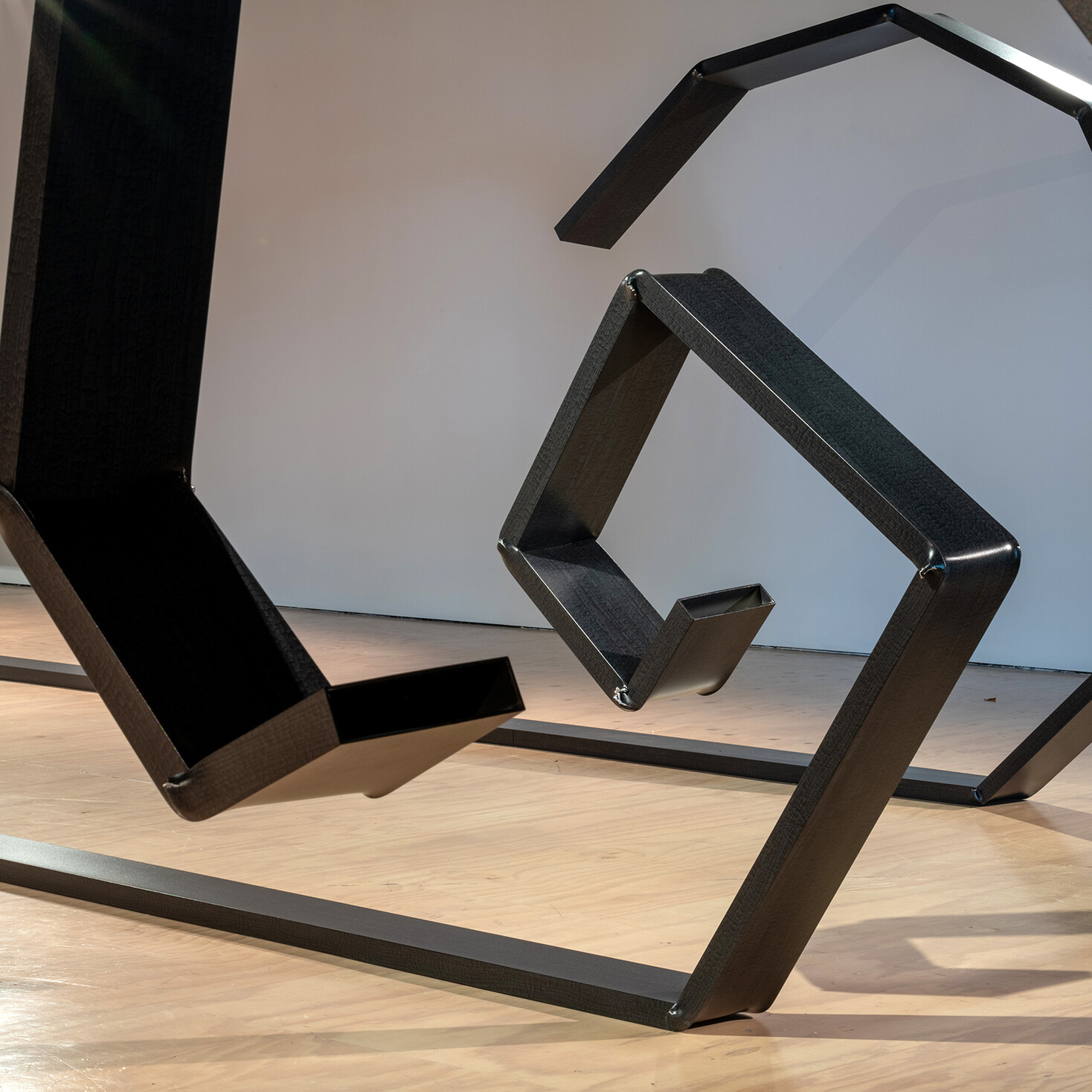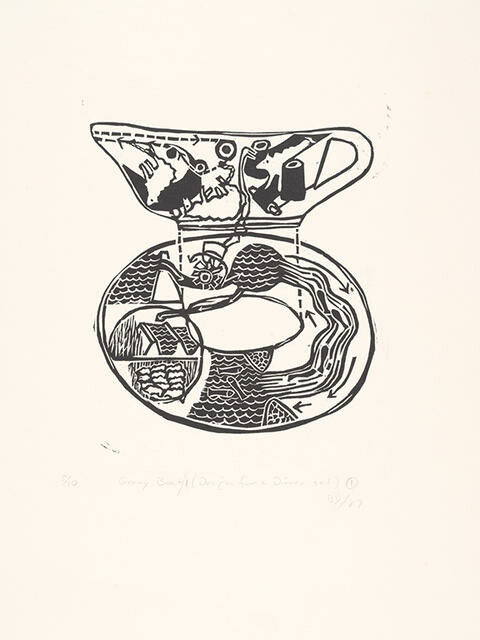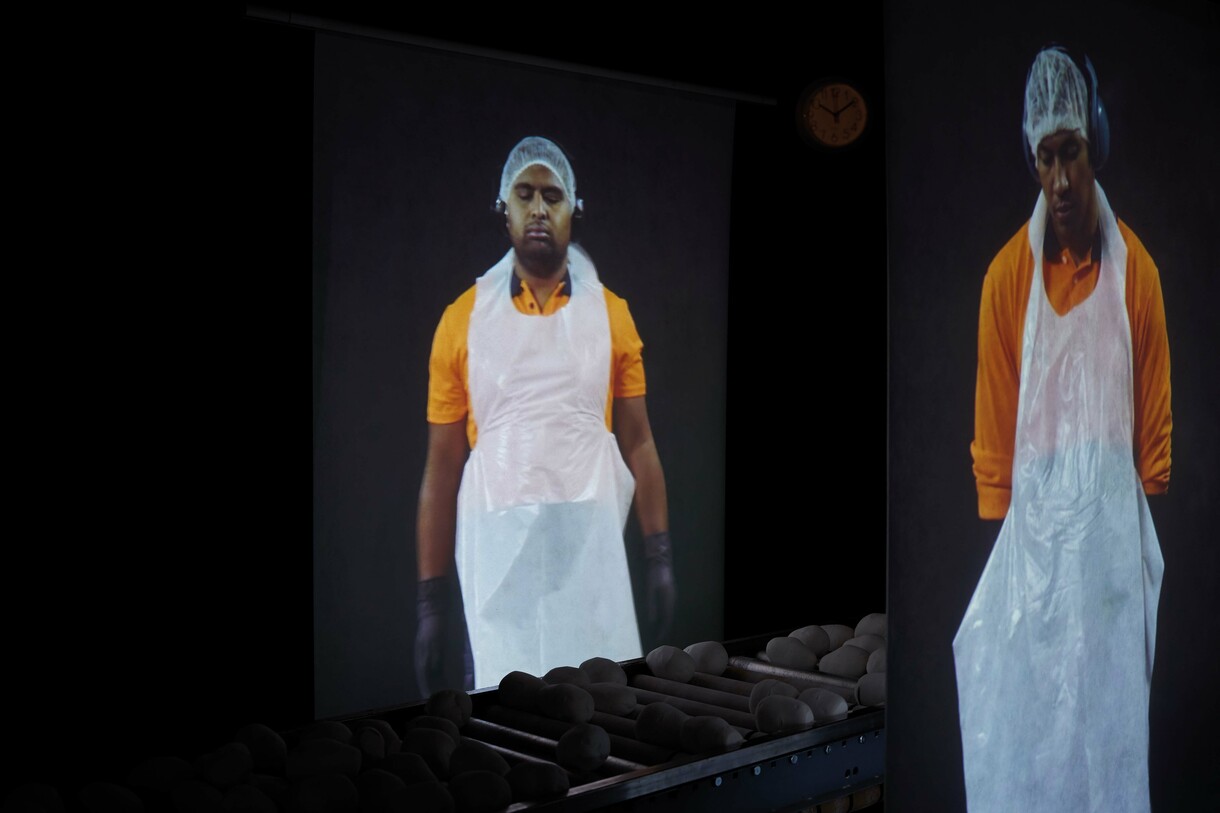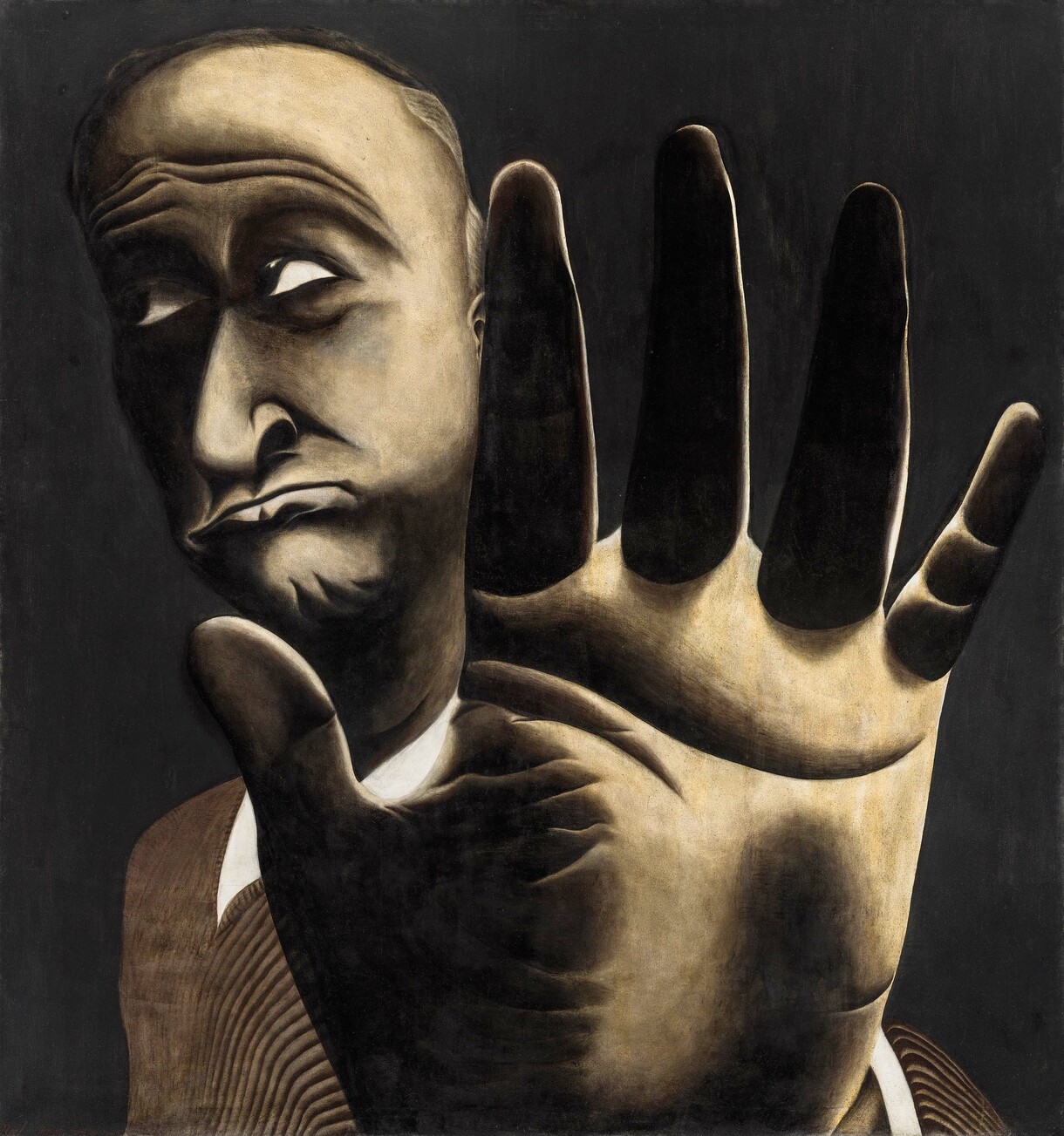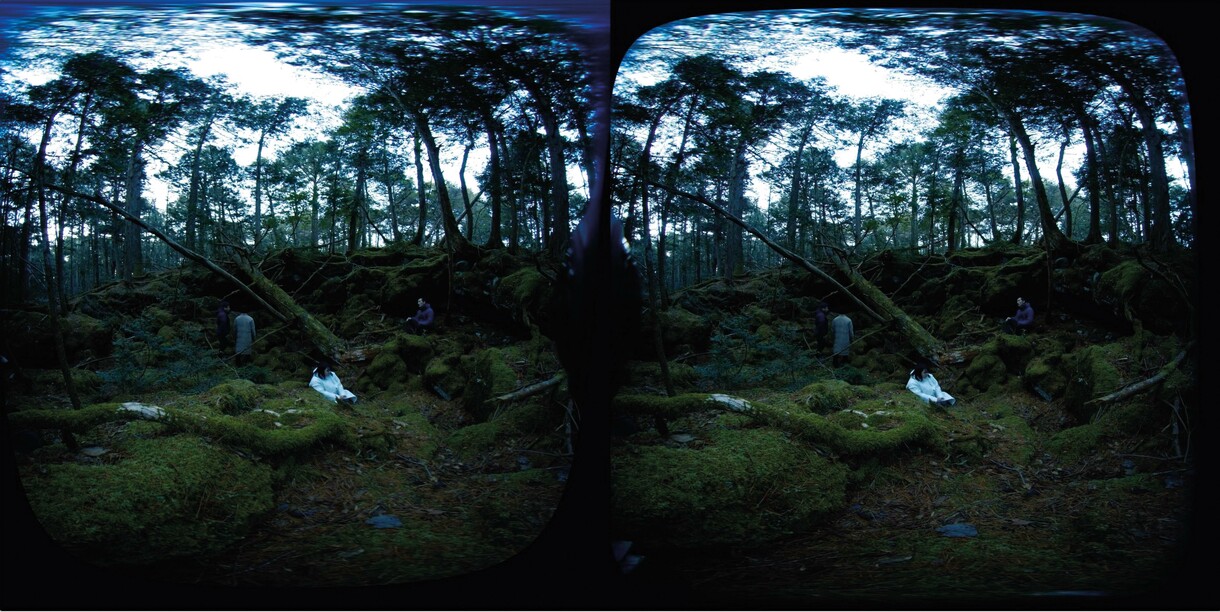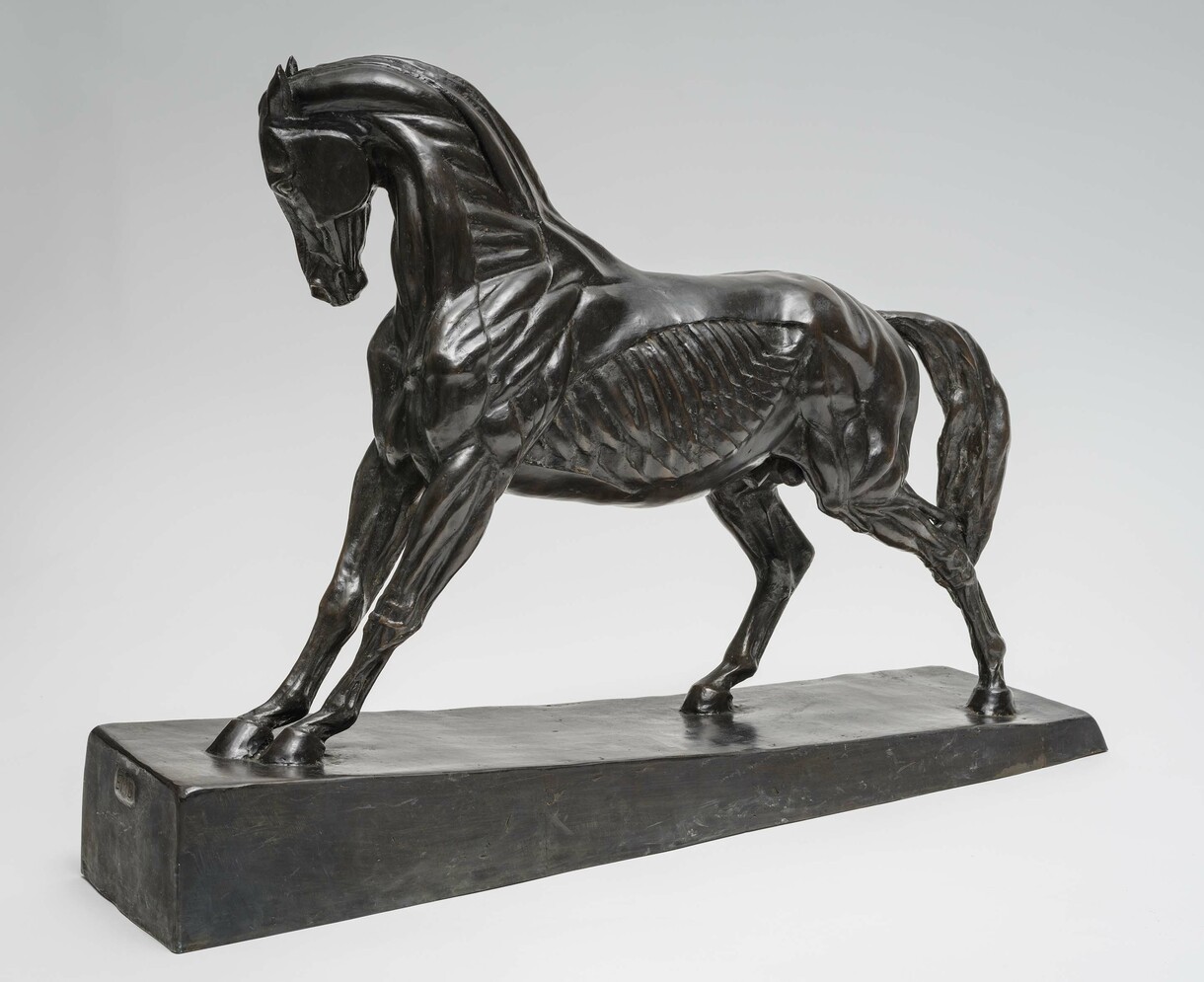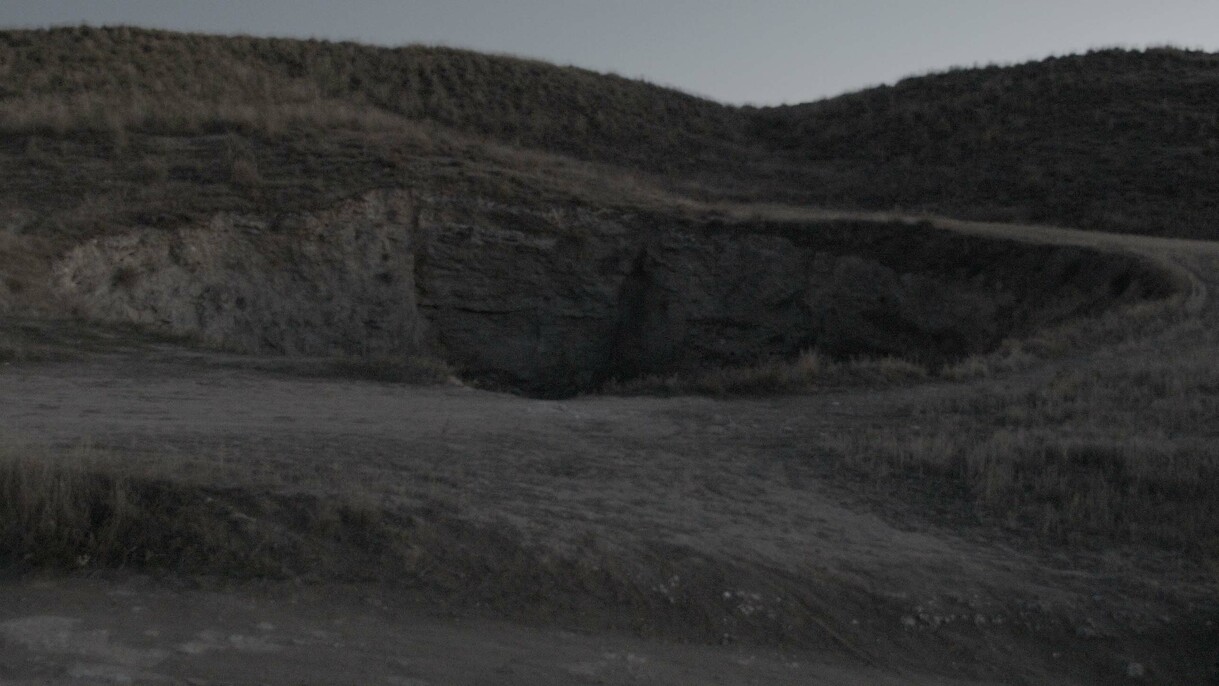Kā Kaupapa o te Wā
What’s On

Fred Graham: Toi Whakaata / Reflections
The long and distinguished practice of Aotearoa New Zealand artist Fred Graham (Ngāti Korokī Kahukura, Tainui) is celebrated in this selection of significant sculptures and relief works from 1965 to 2013.
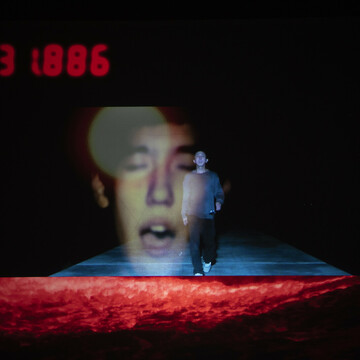
Disruptive Landscapes: Contemporary Art from Japan
Quietly powerful and immersive video works revealing the politics behind our view of landscape.

He Kapuka Oneone – A Handful of Soil
Exploring the relationship between tākata and whenua – people and land – through Aotearoa New Zealand’s art history.
E tuwhera ana te wharetoi i kā rā e 7 o te wiki, 10am - 5pm
Ka tuwhera ki te 9pm i kā pō Wenerei
Open 7 days, 10am - 5pm
Late night Wednesday until 9pm
Uruka utukore, ahokore utukore
Free entry, free wifi
